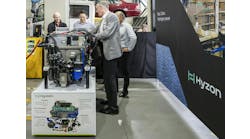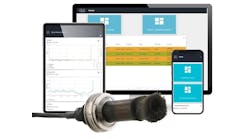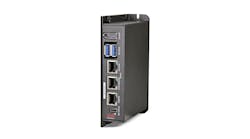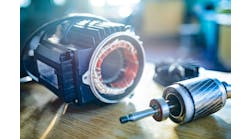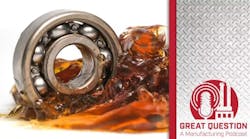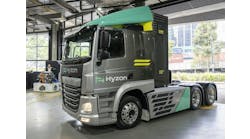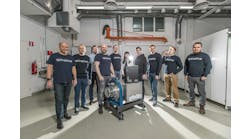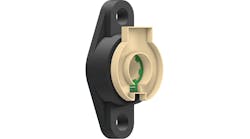The simplest-to-design and the easiest-to-use gearing design is that of the spur gear. It has teeth that are parallel to the shaft axis, and the center distance of a pair is easily defined. However, the introduction of teeth angling, relative to the shaft center, will greatly change the performance of the gears.
Many gearing applications can be converted from spur gear pairs into helical gear pairs. There are many reasons to consider swapping out an existing spur gear pair and replacing it with a helical gear pair. One of these reasons is a reduction in noise. Since a helical gear maintains constant contact with its partner throughout the tooth mesh, it will produce less noise than that of a comparable spur gear pair that has an episodic contact pattern during mesh.
Another benefit of a spur gear to be “converted” into a helical gear is the increased torque carrying capacity. Spur gears have a face width that is easily measured.
Helical gears have a physical face width and an effective face width. The physical face width measurement is the same as that of spur gear. The effective face width takes into account the angle of twist and results in a working face width that is defined by the equation FWe = FW / cos(B) where FW is the normal Face Width and B is the helix angle.
This increase in face width permits the gear mesh to withstand additional torque using the same physical space. With this additional torque capacity, you can either re-build an existing, under-designed gear train or you can use gears that are smaller and reduce the weight of the system.
There are two styles of helical gears: They are transverse (axial) pitch helical gears and normal pitch helical gears. The most common form is the normal pitch. In this case, the teeth are cut such that the pitch of the gear when measured in the axial direction is enlarged. This “enlarged” tooth form also increases the center distance of the gear mesh. In order to replace spur gears with normal helical gears, you need to either modify the center distance of the gear pair or you need to adjust the number of teeth in order to maintain the center distance.
For transverse helical gears, the pitch of the teeth in the axial direction is equivalent to that of a similar pitch spur gear. This makes transverse helical gears ideal as a replacement for existing spur gear pairs. An example of these two tooth forms is detailed in Figure 1.
When converting from spur gearing to helical gearing, in addition to maintaining the center distance of the mesh, another issue to address is the direction of the helix for each gear. This is necessary for two reasons: The first reason is helical gears need to mate with gears of opposing hands. The pinion can be either left hand or right hand, but the mating gear must be the opposite hand in order for the gears to mesh.
The second issue is the thrust loading introduced by the direction of the helix of each gear. The possible combinations are shown in Figure 2.
For these gears, the proper thrust bearings must be selected so they absorb the thrust loads imparted by the helix angle.
From a practical point of view, helical gears can have any helix angle from 1 degree through 44 degrees. At 45 degrees, they are considered to be crossed helical gears or alternately screw gears.

